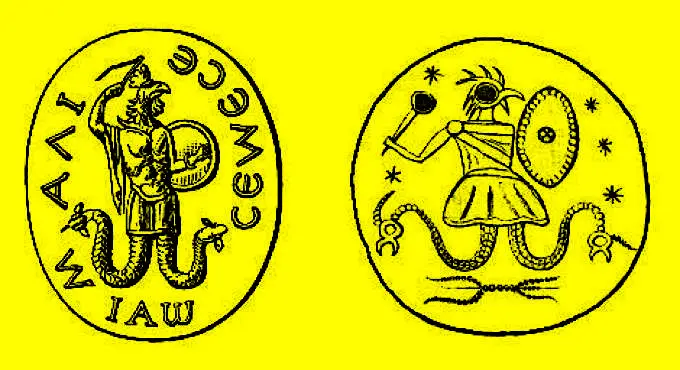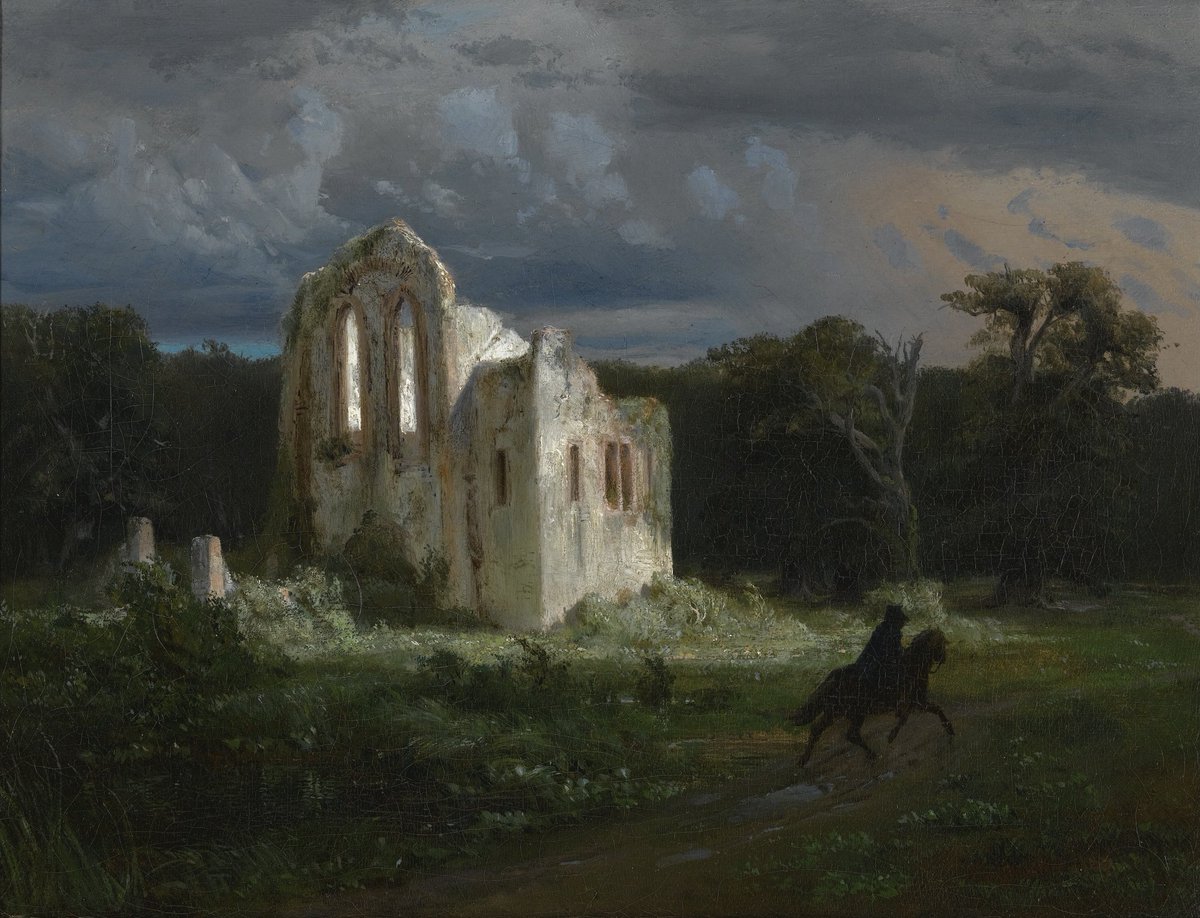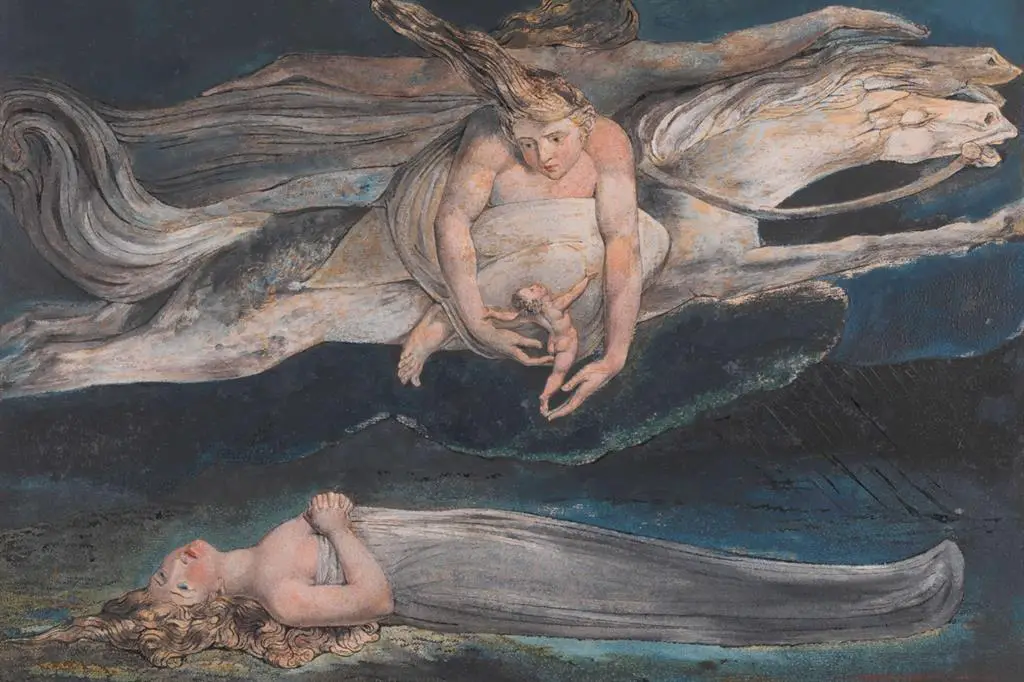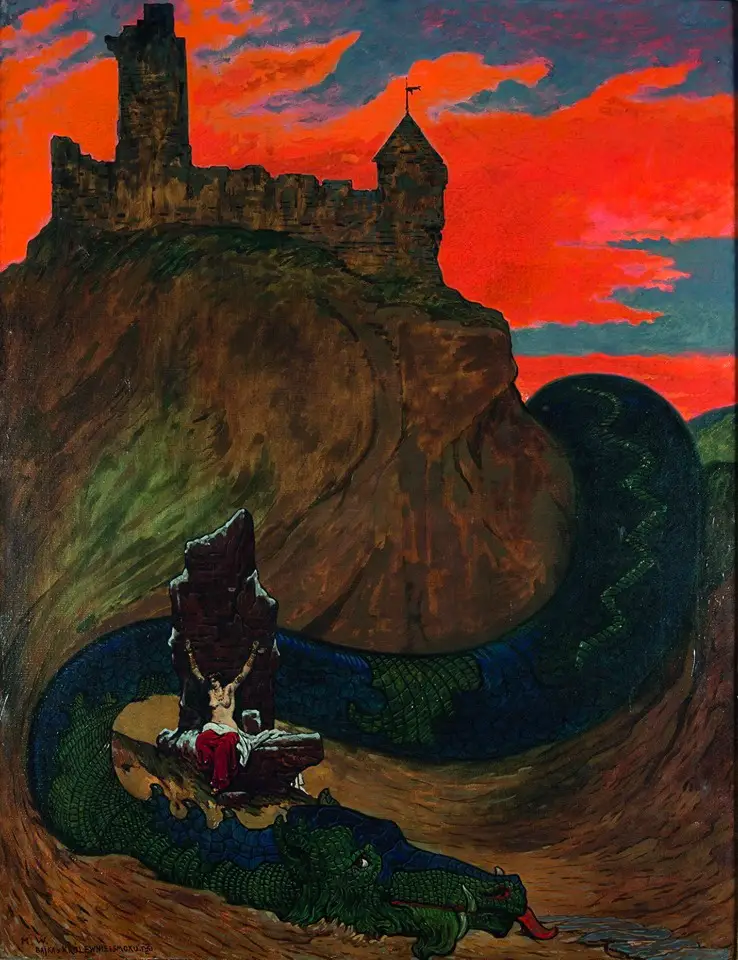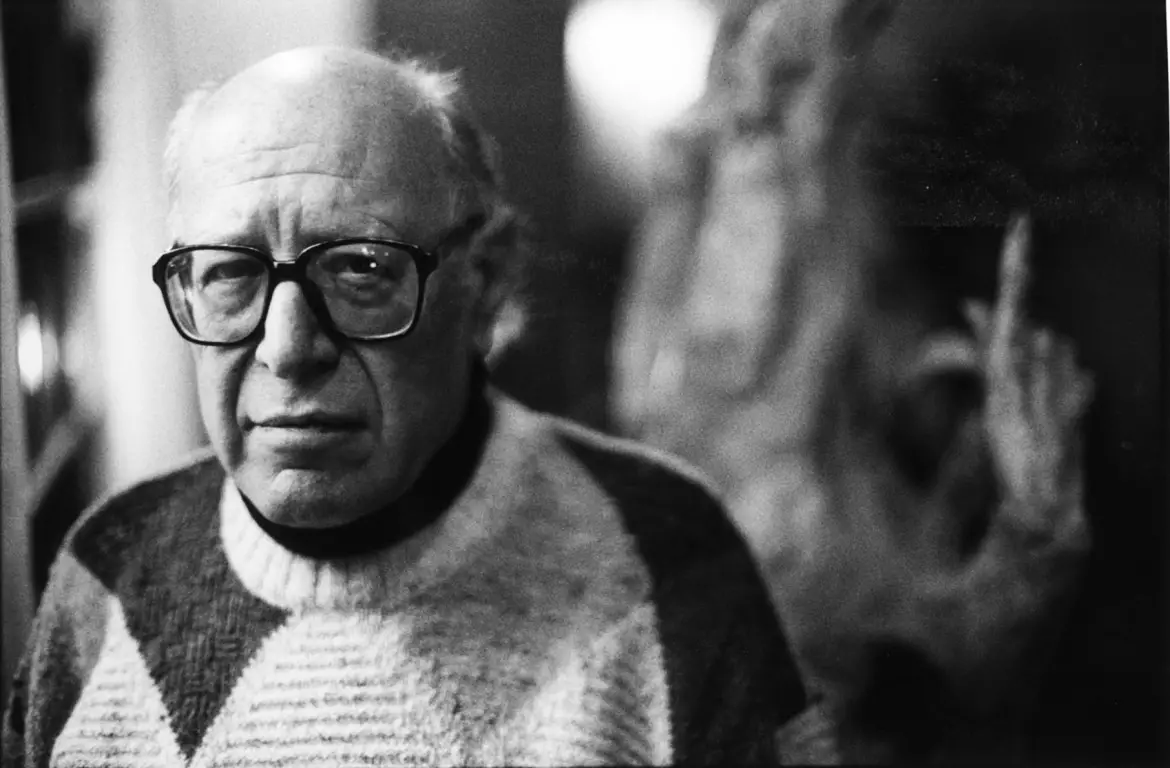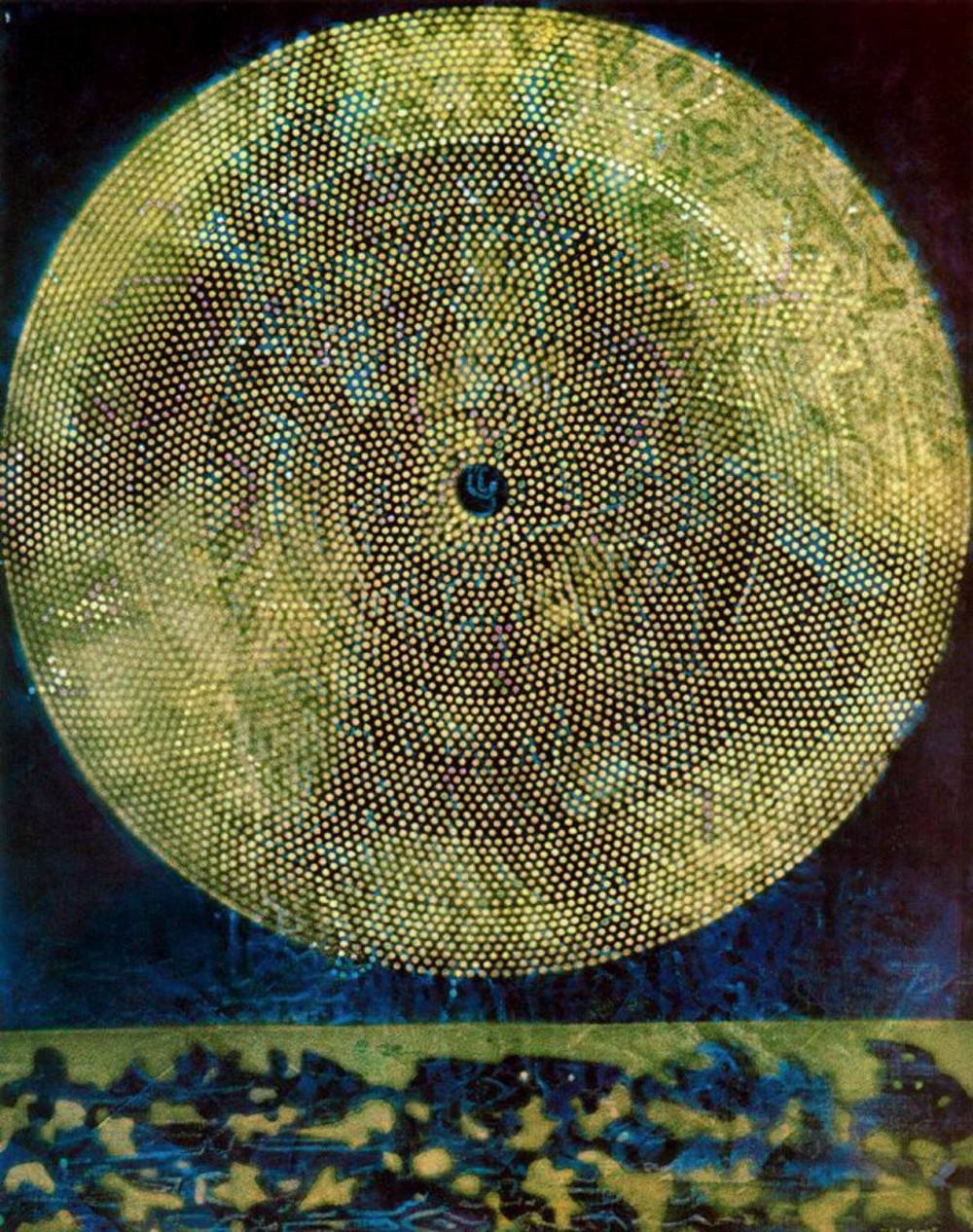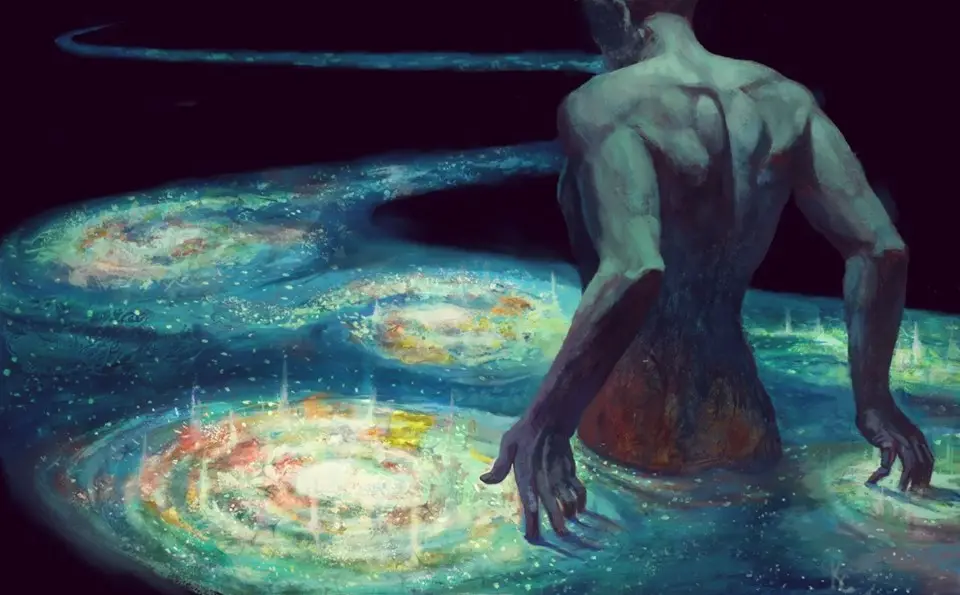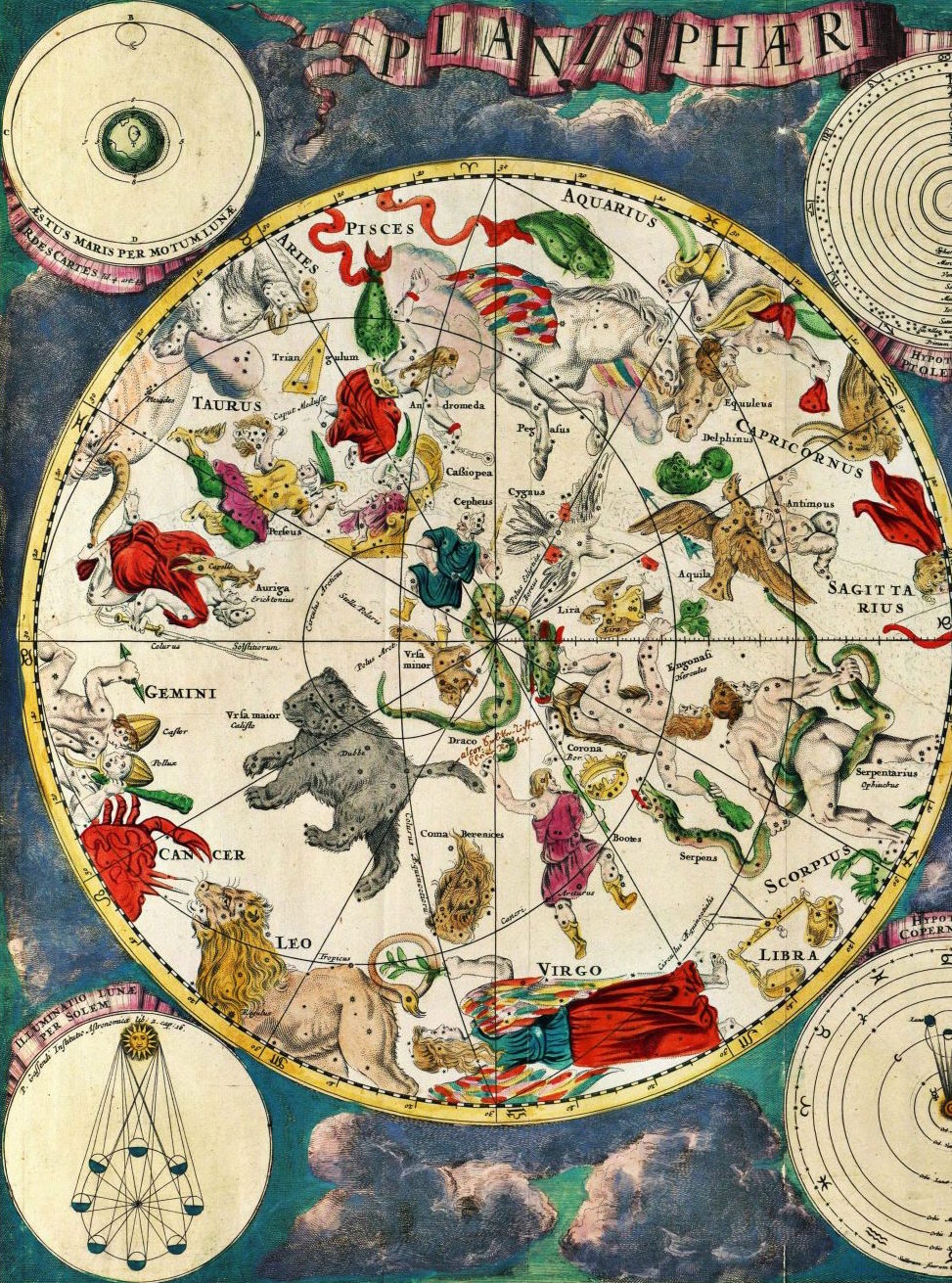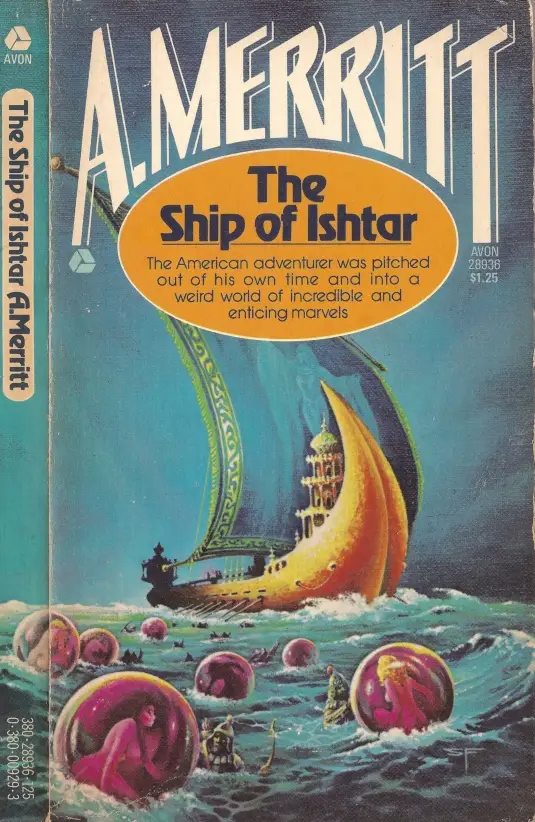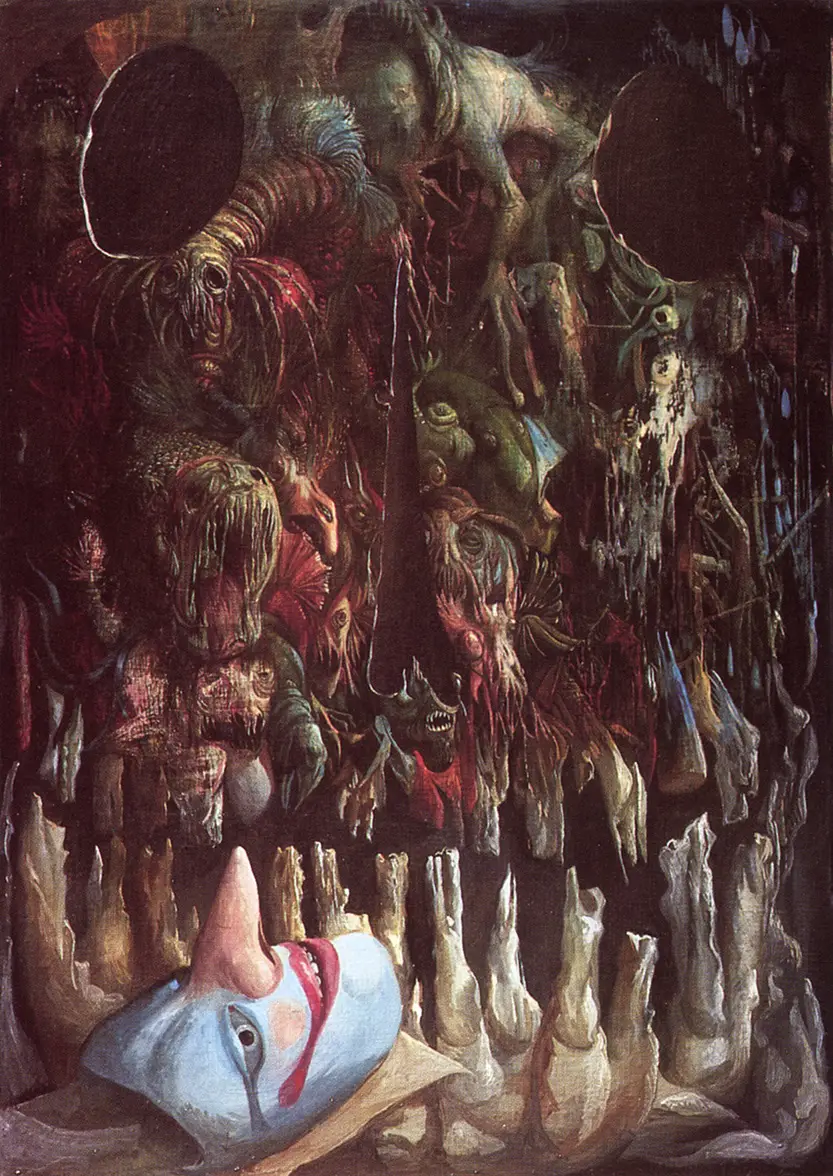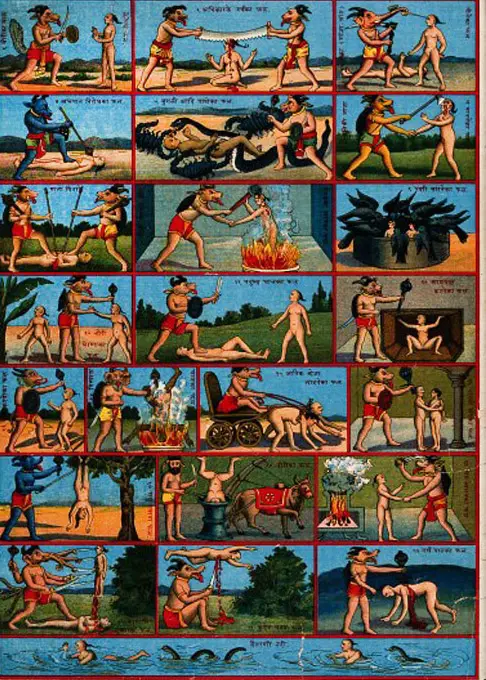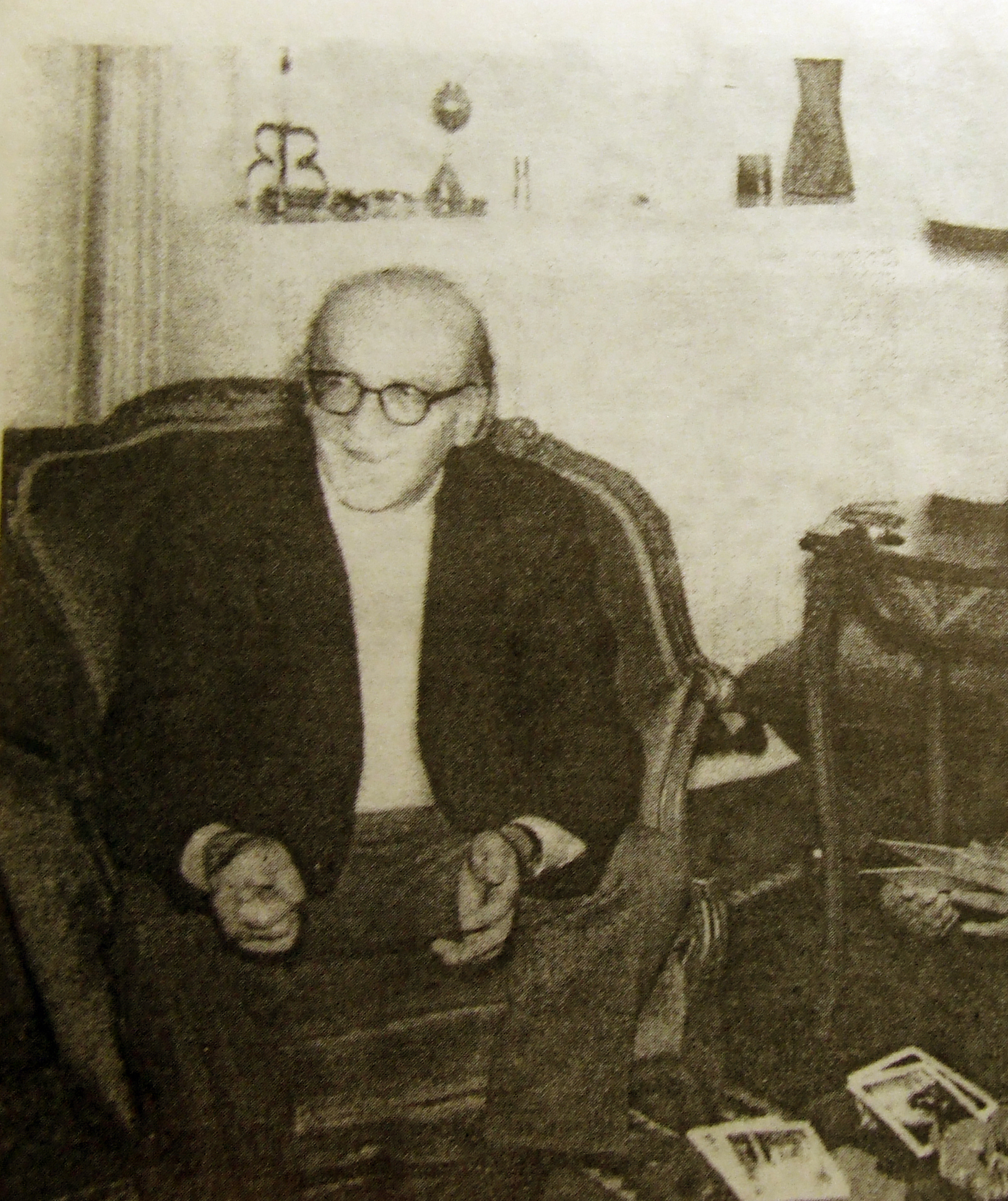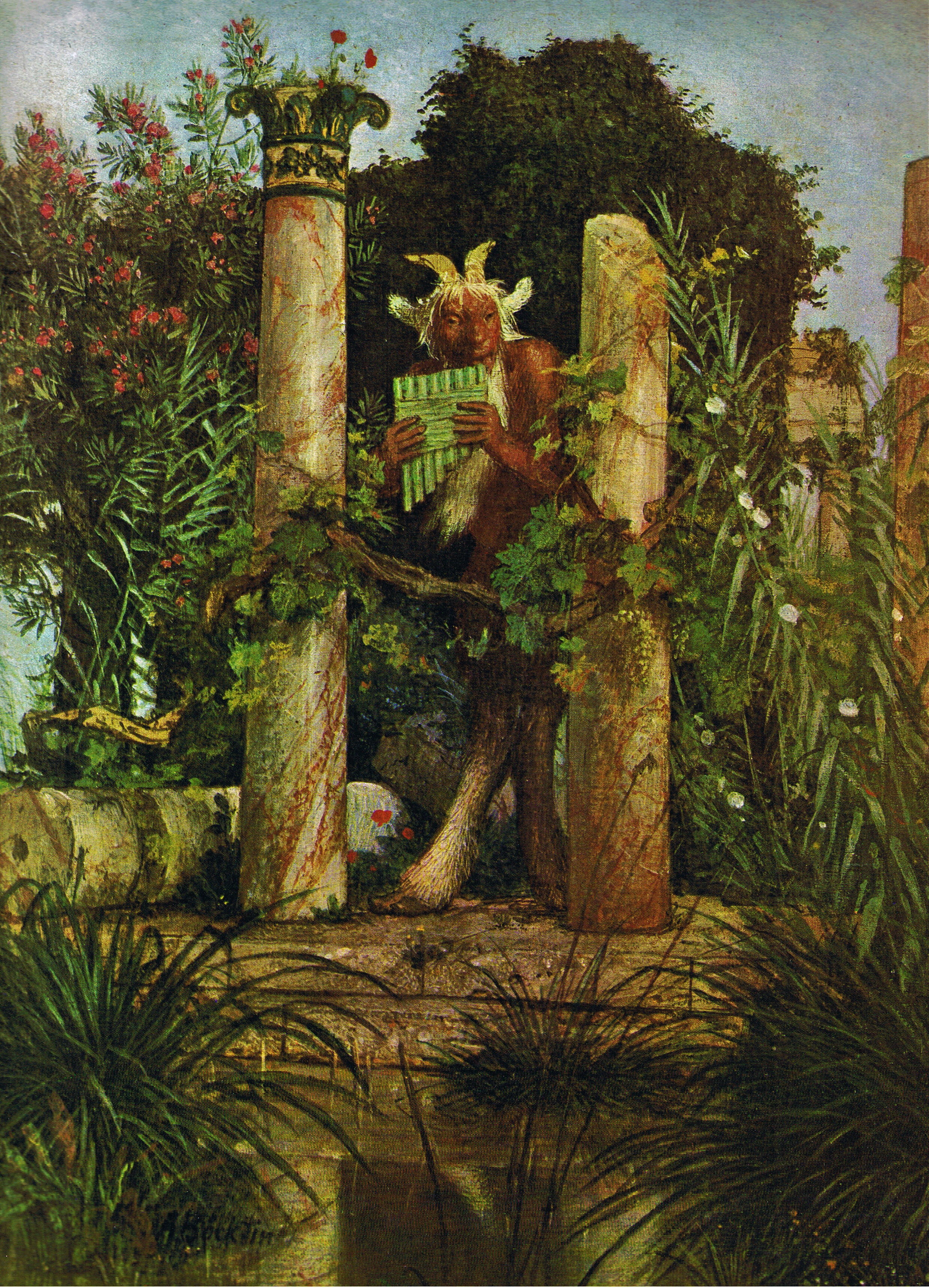Tag: Carl Gustav Jung
Abraxas, or on escaping from the cosmic prison
In their new book, "Abraxas: the magic of the drum. The forgotten cult of the cosmic god from shamanism to gnosis", released in March for Mimesis, Paolo Riberi and Igor Caputo investigate the figure of the god / demon Abraxas, halfway between that of the Demiurge of the Gnostic and Platonic cosmogony and that of the aeonic god who connects the various levels of the cosmic manifestation.
“Ombra”, the chivalrous arabesque of the poet who anticipated the fantasy-quest and… Jung
The short story "Shadow" by the poet Sarah Dana Loring, originally contained in the "Arabesques" published in 1872 under the name of her husband Richard S. Greenough, is emblematic of the author's foresight in anticipating certain literary strands such as Sword & Sorcery and even some conceptions of the philosophy of the deep Jungian. Now available in Italian thanks to Dagon Press.
The Puer and the Kore for Károly Kerényi: uncertainty, origin and foundation
From the analysis of the two mythological figures of Puer Aeternus and Kore in the demetric mysteries of Eleusis, in the studies of the Hungarian historian of religions Károly Kerényi and in the comments on these by Carl Gustav Jung, the importance of the "original" and "founding" character emerges "Of the Greek myth, the enigmatic link between being and non-being, the one between life, love and death that allow us to express through symbolic relationships a cosmic process in which man's existence is close to reality.
William Blake: sacred visions and "Lucid Dreaming"
Blake's proverbial visions, in addition to having directed his religious life, also influenced his entire artistic work; Alexander Gilchrist, his official biographer, related them to the so-called "lucid dreams", that is to say with the ability of a subject, during the dream activity, to maintain a conscious lucidity, allowing the ego manifest within of the dream of consciously understanding the experience emerging from the subconscious.
The symbolism of the double serpent and the "guardian of the treasure"
Within the vast mythical corpus concerning the ophidic symbolism there are some mythologems, recurring all over the world, conveying certain initiatory knowledge whose universality goes beyond the spatial and chronological boundaries, such as that of the double serpent (Caduceus of Mercury, Iga and Pingala), that of the serpent who, standing beneath the worlds or surrounding the earth in the form of Ouroboros, holds the entire cosmic manifestation, and that of the dragon in the function of "Guardian of the treasure" that the hero must subdue and defeat in order to save the "Princess ".
Hypnosis and psyche: interview with prof. Giuseppe Vercelli
The unconscious, as a dark background, coincides with destiny and it is then necessary to modify the unconscious to modify destiny. In this regard, the trance dimension can represent a particular modality of confrontation and dialogue with the unconscious, able to bring out some often hidden abilities of our mind and also to modify the scripts through which we unconsciously build reality.
Greetings to Emanuele Severino: the eternals and the will to power
Our homage to Emanuele Severino, the "philosopher of eternal being" who left us in these days: a brief reflection on nihilism starting from the great teaching of the Master.
Auras and inner lights
Since the perception of a light characterizes the apparition of the divine, the luminous has always been associated with the numinous. The great dilemma that Walter Benjamin proposes is whether the visual impression is determined exclusively by the biology of the human eye or is also characterized by cultural and historical specificities. This contribution seeks to reconstruct how the experience of light in the West has changed over the centuries in intensity and suddenness and how its modes of manifestation have changed.
The interiority is formed in chronospheres
In our psyche, especially in the unconscious, time is not only marked by numerically measurable intervals, like those of a chronometer, nor by cause and effect relationships, but also by many qualitative moments that reverberate with each other with own rhythms.
We do not live in time, but in "chronospheres"
The chronospheres are psychic experiences and dynamic spacetime events, like concentric circles in the water, they are different frequencies of the passing of time that involve us; if spacetime is like the ocean, the circles in the water are the traces and the different times that unfold and dilate, mixing and overlapping continuously
Towards “TimeWave Zero”: Psychedelia and Eschatology in Terence McKenna
In addition to being one of the "prophets" of the psychedelic Counterculture of the second half of the last century, Terence McKenna was able to build, in the course of thirty years of studies and experiments, a real eschatological system for the Third Millennium, in view of final explosion, based on the recovery of shamanic practices, on a new interpretation of the Sacred as "Mysterium Tremendum" and on the vision, beyond the ordinary dichotomy between life and death, of what he called an "Ecology of Souls".
Archetypal Lycanthropy: "Man Becomes Wolf" by Robert Eisler
The mythical anthropological essay by Robert Eisler, an eccentric masterpiece of erudition that investigates the origins of violence and cruelty, returns to Italian bookstores in a new edition.
Our zodiacal roots: Totemism and the theory of transitional objects
Anthropological and psychological investigation of Totemism, interpreting it in the light of DW Winnicott's theory of transitional objects applied to the astrological field.
With Abraham Merritt on the Vessel of Ishtar
Thanks to the types de the Palindrome, Italian readers now have the opportunity to read the original and complete edition of "The ship of Ishtar" by Abraham Merritt, an initiatory novel focused on the Mystery of the 'coincidentia oppositorum'.
Who is hiding behind the mask? Visits from Elsewhere and the paraphysical hypothesis
The examination of the theories of John Keel and Jacques Vallée based on the "paraphysical hypothesis", the "superspectrum" and the "thermostrate effect" allows us a reflection on the Other World and a parallelism with the cosmographic model and the "antichtōn »By Filolao
The "tapas", the libido and the victory over necessity
The stages of the development of consciousness are contained in the myth, which leads to the conscious realization of the individual destiny, the cure as a re-actualization of the myth becomes mythbiography in a path that from Jung, through Neumann and Bernhard reaches Romano Màdera.
Mircea Eliade: "The myths of the modern world"
In the first chapter of his study Myths, dreams and mysteries (published in 1957), the Romanian historian of religions Mircea Eliade deals with the question of the survival of the Myth, more or less "disguised", in the modern world. The question from which his analysis starts is the following: "What have myths become in modern societies?" Or rather: what occupied the essential place that myth had in traditional societies?». With these premises, Eliade therefore investigates the function of mythical thought in the twentieth century, analyzing in the first place the different types of eschatology underlying the political myths of our time: the "communist myth" and the "national socialist" one.
From Pan to the Devil: the 'demonization' and the removal of ancient European cults
di Marco Maculotti
cover: Arnold Böcklin, “Pan, the Syrinx-Blowing”, 1827
We have previously had the opportunity to see that, in the first centuries of our era and even during the medieval era, the cd. "Rural paganism" it kept its diffusion unchanged, especially in the areas further away from the large inhabited centers. St. Maximus noted that "in the fourth century (...) the first missionaries passed from city to city and rapidly spread the Gospel over a very large area, but they did not even touch the surrounding countryside", Then adding that" even in the fifth and sixth centuries, when most of them had long since been converted, in Gaul and Spain the Church, as shown by the repeated canons of the councils of the time, encountered great difficulty in suppressing the ancient rites with which peasants from time immemorial averted plagues e they increased the fertility of the flocks and fields"[AA Barb, cit. in Centini, p.101].


